UV raman lidar data acquisition system
In late 2004 the data acquisition system (DAQ) of the UV Raman lidar was upgraded to a state-of-the-art system produced by Licel. The Licel DAQ combines analog and photon counting measurements of the signals from the photomultiplier detectors. Both measurement types can be made simultaneously. The underlying techniques for the two types of measurements are very different and are each suited to different ambient conditions. Analog measurements, which measure the voltage output of the detector, are more suitable for daytime measurements, when some measurements, particularly those of water vapour, have large backgrounds due to solar radiation. Photon counting measurements, which count the pulses produced by the detectors, are more suitable for night time measurements and the detection of small signals. This type of DAQ therefore provides the best of both worlds and is popular with many leading lidar facilities worldwide.
Figures 1 to 5 show some recent examples of measurements using both systems. Sunset was around 18:25 UT. Photon counting measurements are only shown after the sky was close to dark. In these examples noise levels appear similar between the two types of measurement, but cases do occur where photon counting is beneficial, particularly for more sensitive measurements of small signals (figure 6).
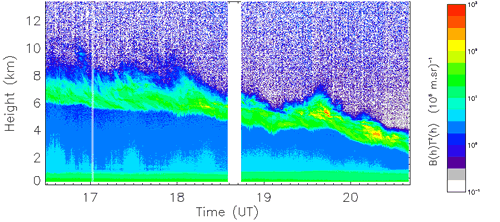
Figure 1: Analog elastic backscattering measurements. These show ice clouds associated with an approaching warm front.
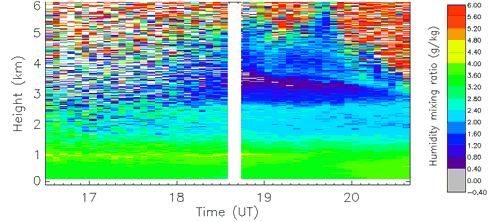
Figure 2: Analog water vapour measurements averaged to 5 minute, 22.5 m vertical height resolution. No water vapour measurements are possible from beyond the cloud base.
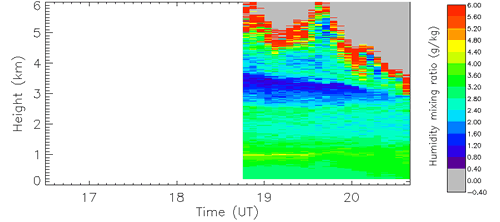
Figure 3: Photon counting water vapour measurements averaged to 5 minute, 22.5 m vertical height resolution. There are some slight numerical differences between the analog and photon counting measurements due to exact calibration issues.
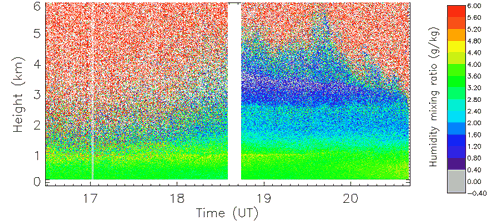
Figure 4: Analog water vapour measurements with as-recorded resolution of 20 s, 7.5 m vertical height resolution.
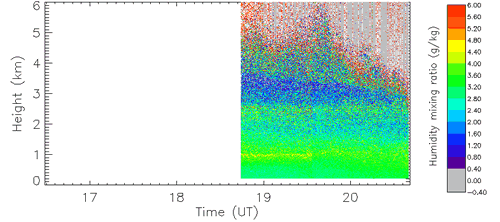
Figure 5: Photon counting water vapour measurements with as-recorded resolution of 20 s, 7.5 m vertical height resolution.
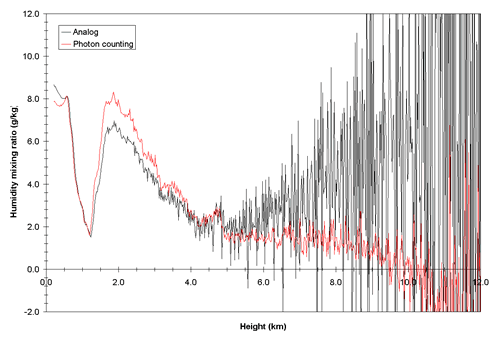
Figure 6: This shows an example of measurements of small signals recorded on a different day, when the sky was clear. It shows a single vertical profile recorded after dark and averaged over 55 minutes. Both analog and photon counting data are shown. At higher altitudes the photon counting data are much less noisy and much more physically reasonable than the analog results. At these levels the signals are very small. In analog measurements it is much harder to eliminate all electrical interference from them, especially considering the laser power supply produces a large amount of electrical noise. Such interference does not occur in photon counting measurements. The other differences in the two types of measurements result from calibration issues with the photon counting system which are still to be resolved.
